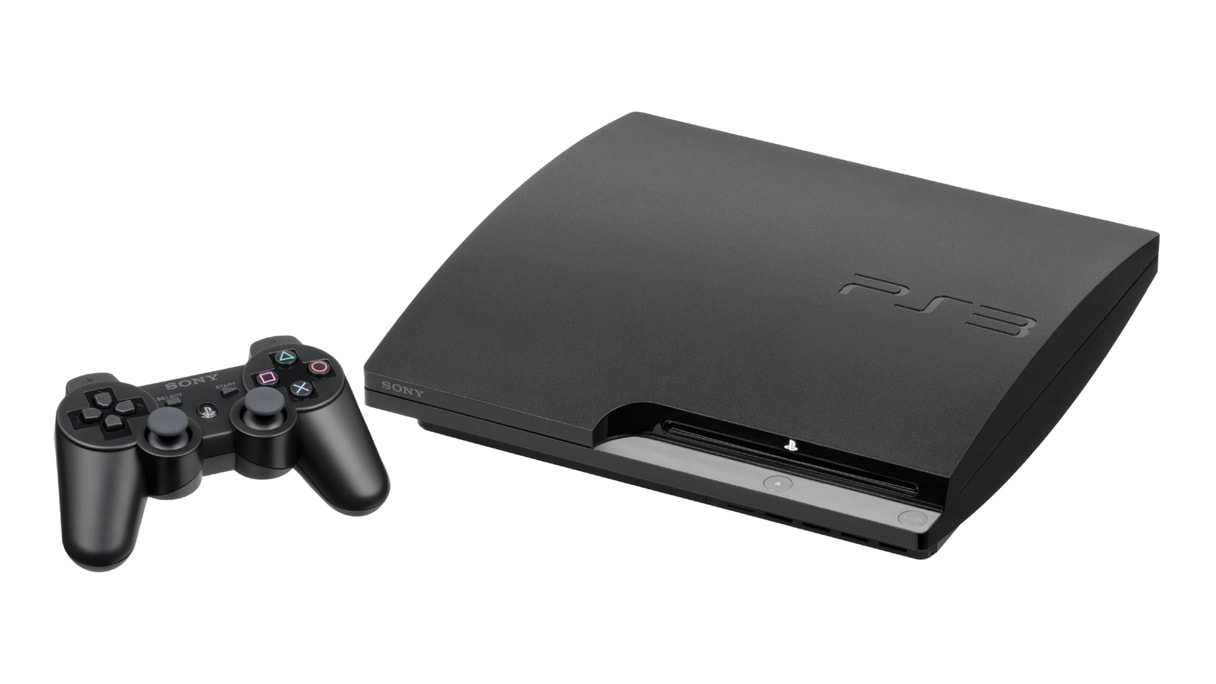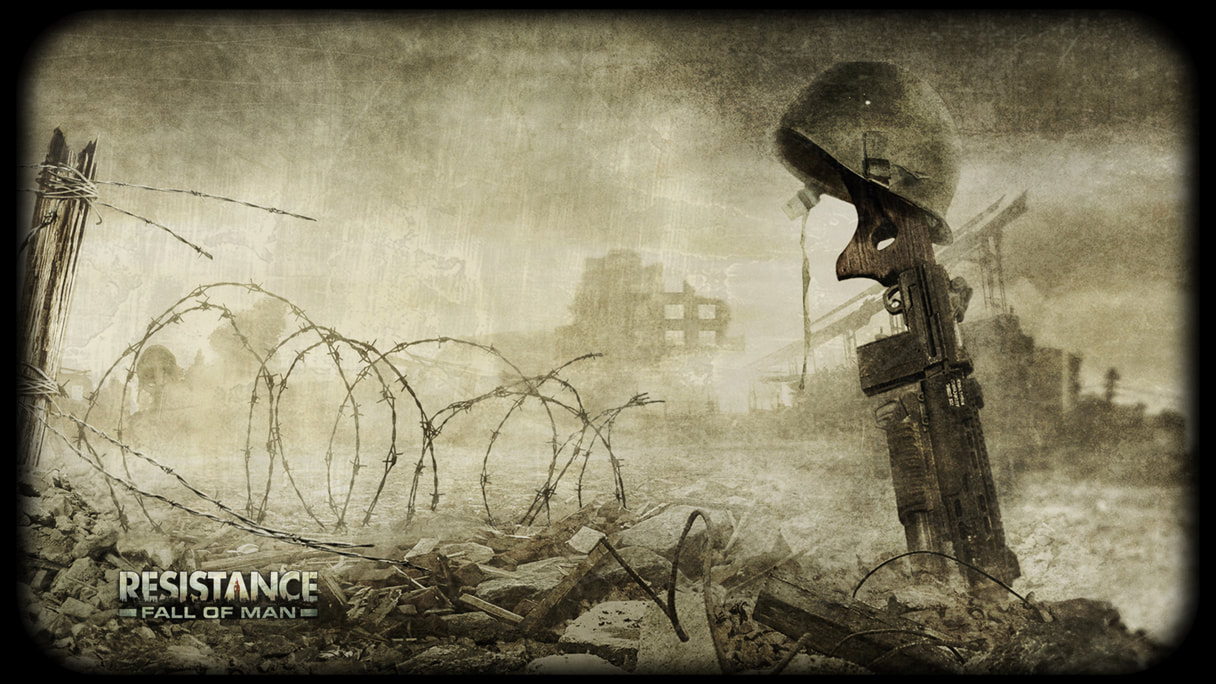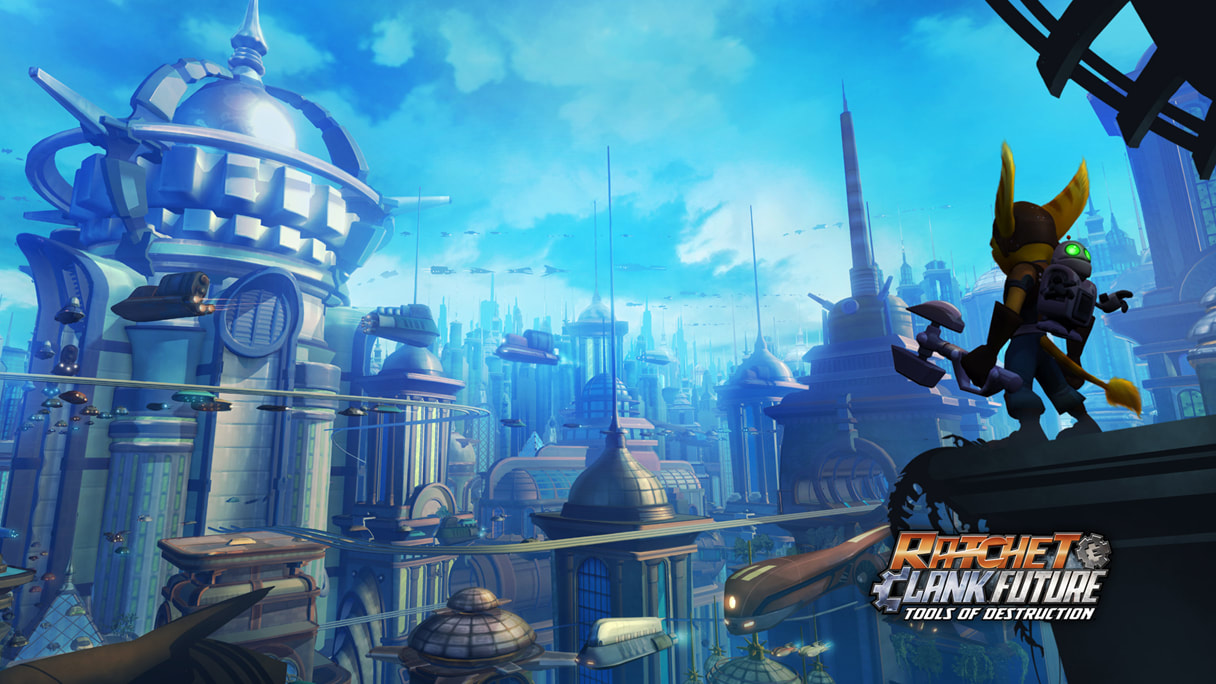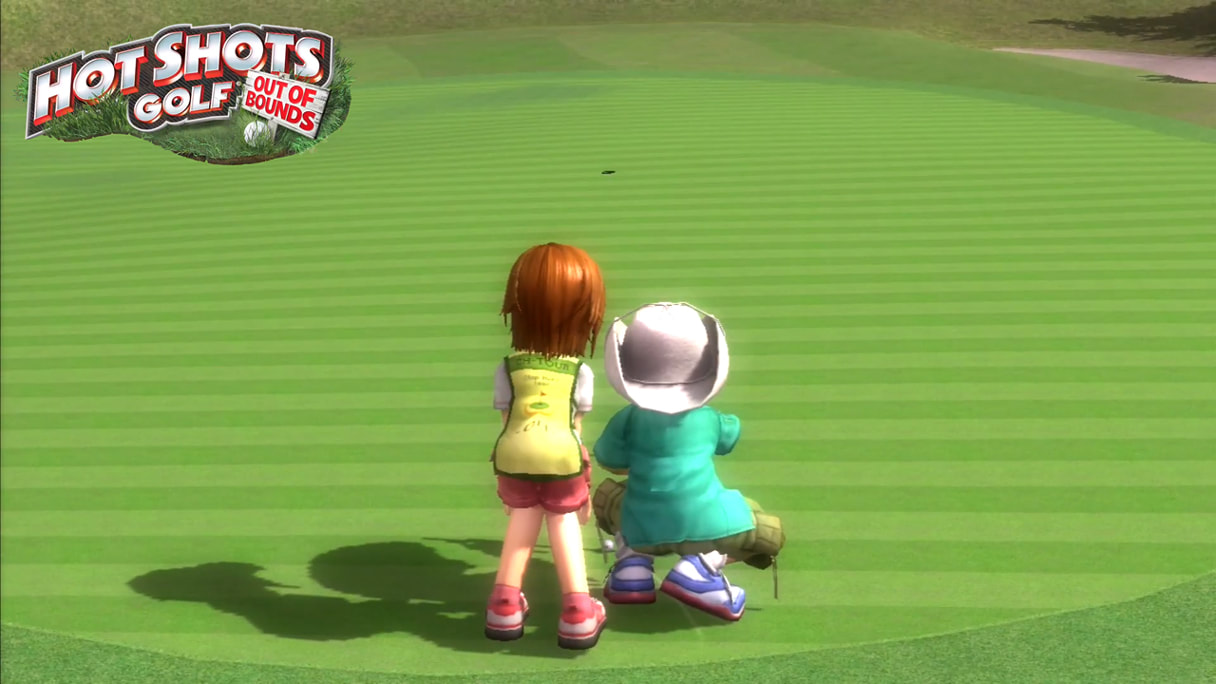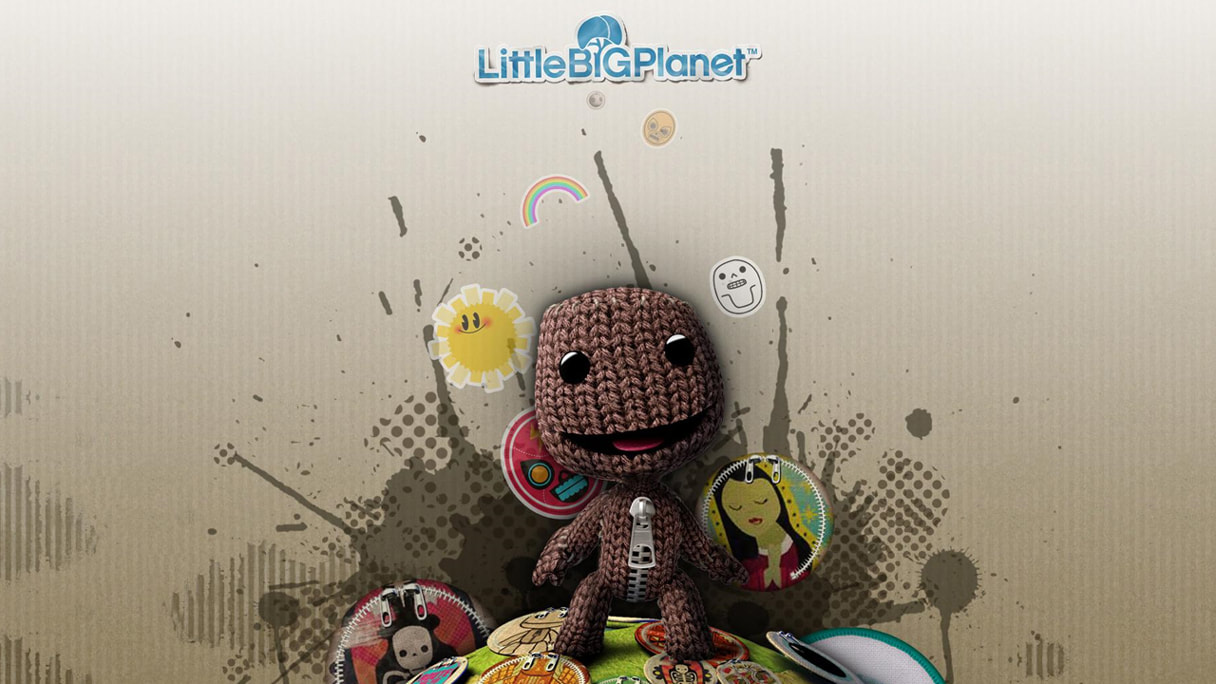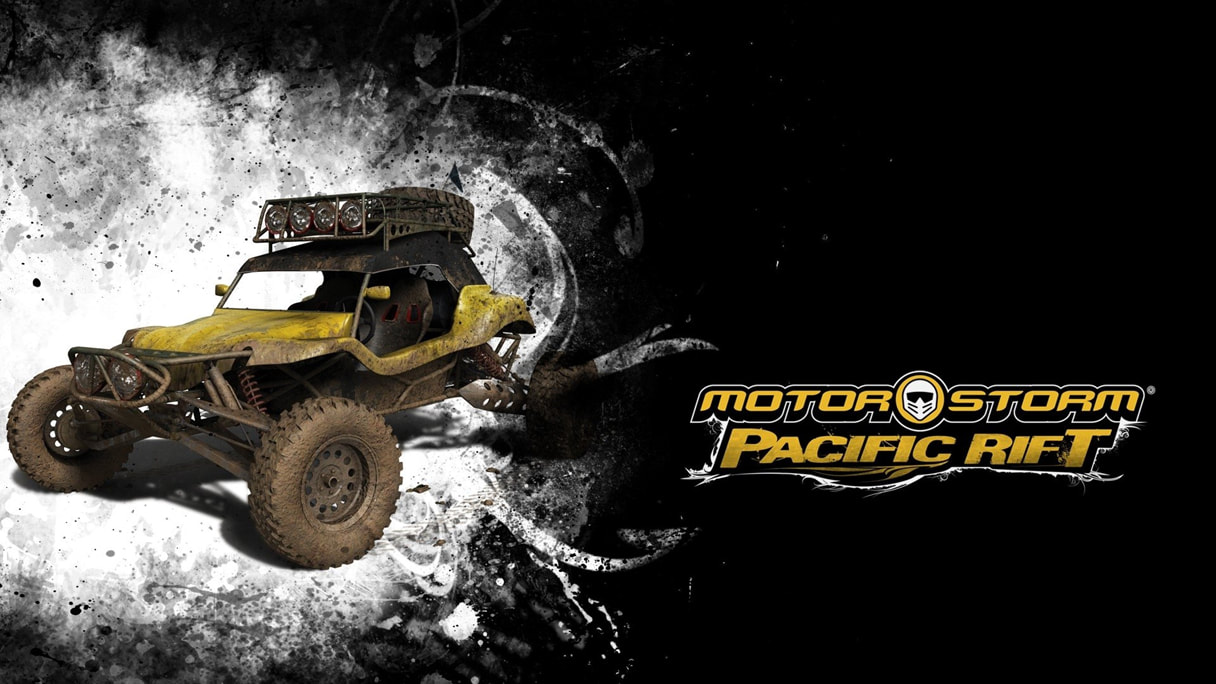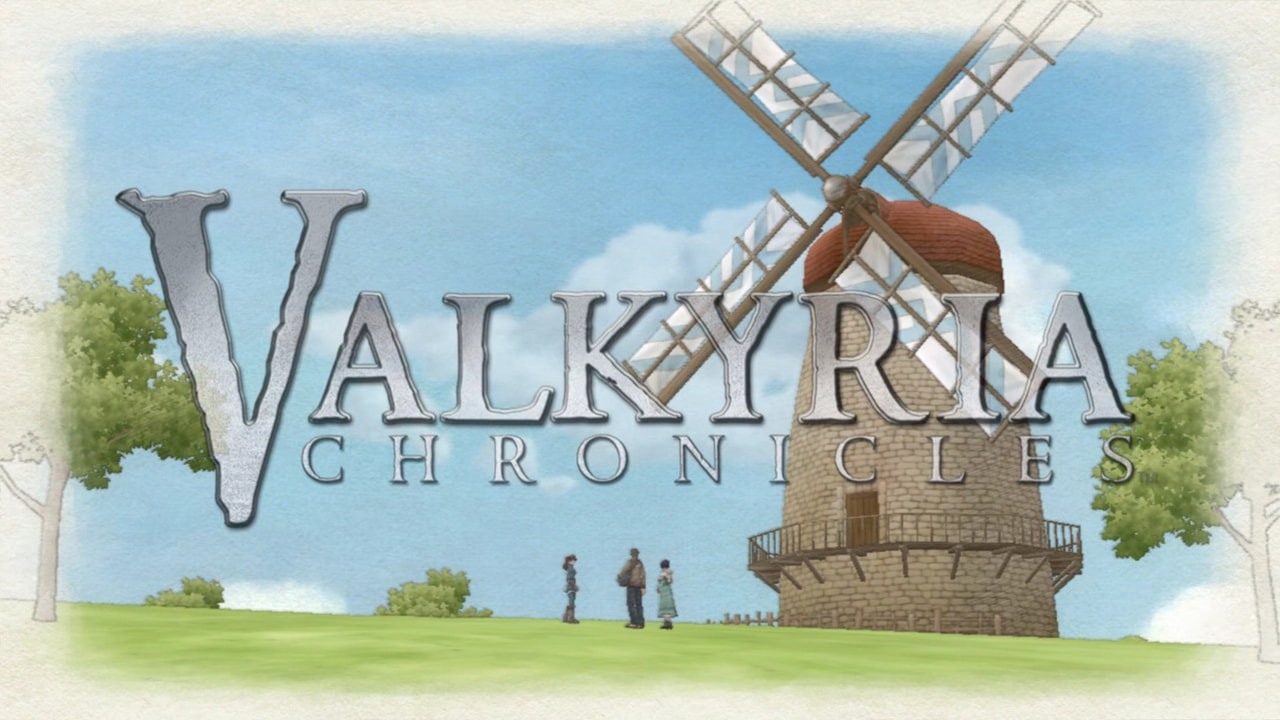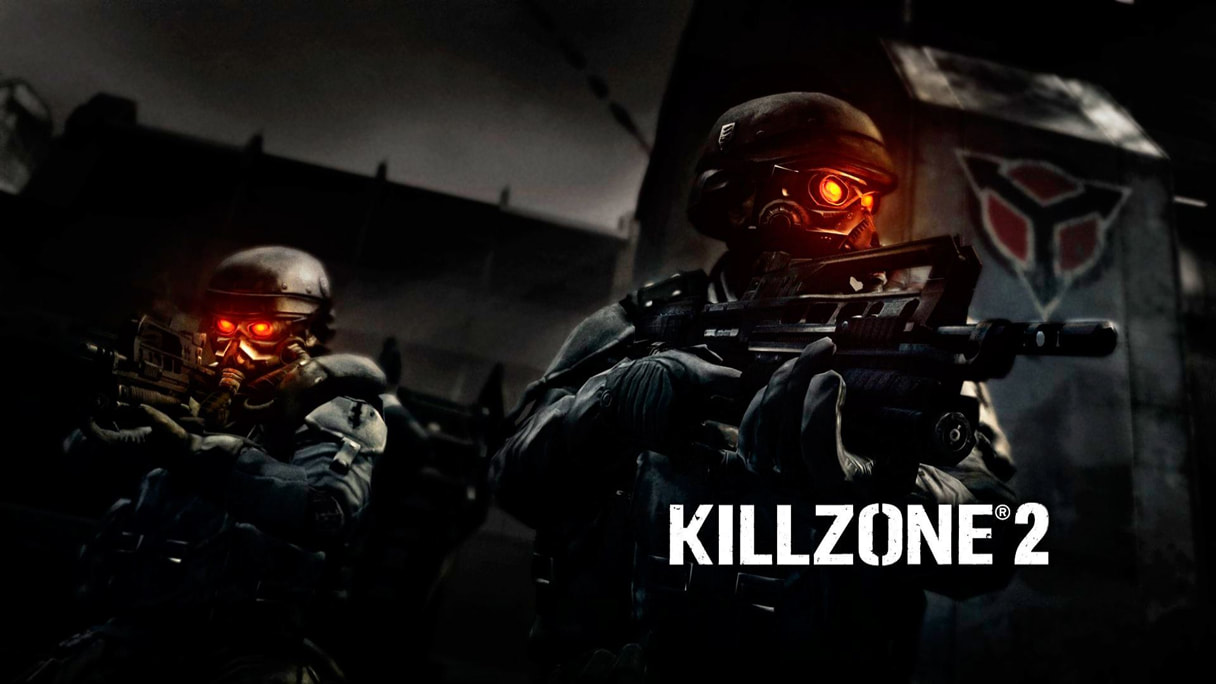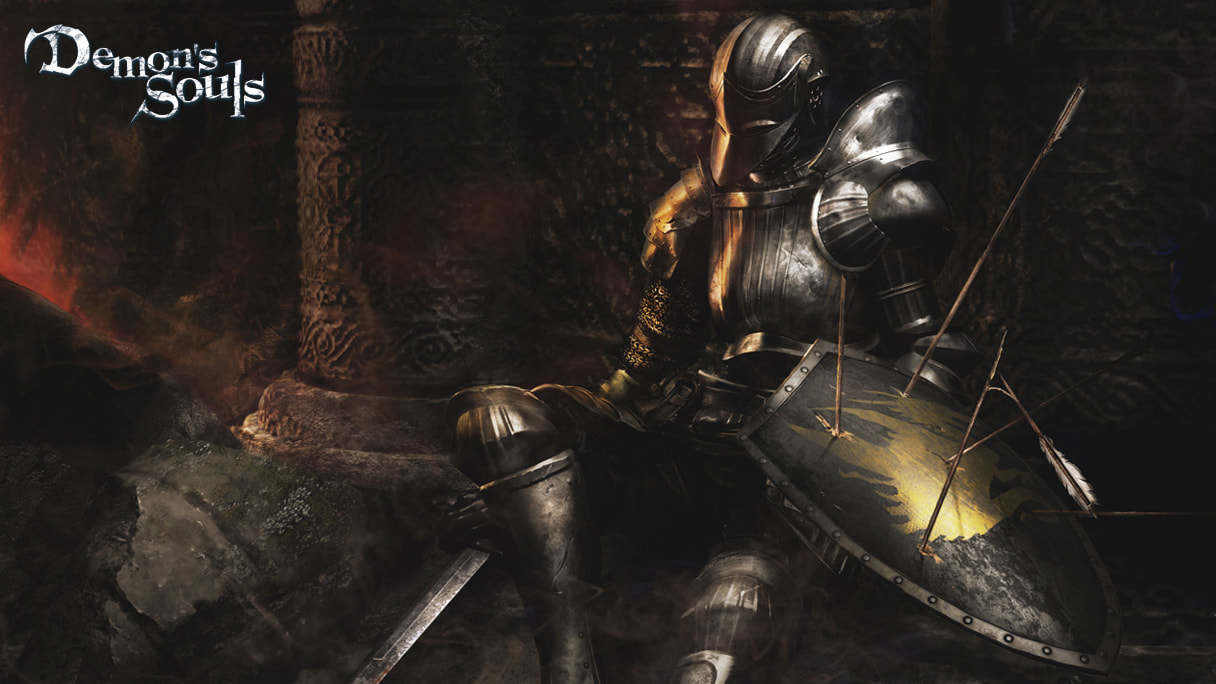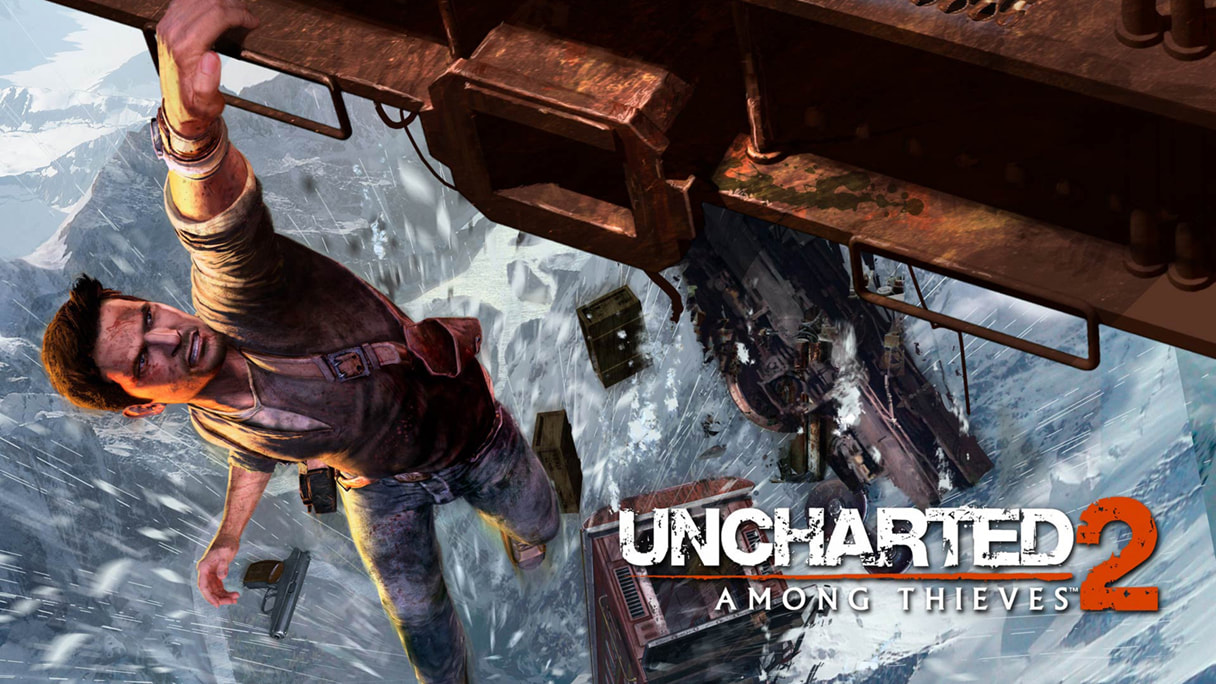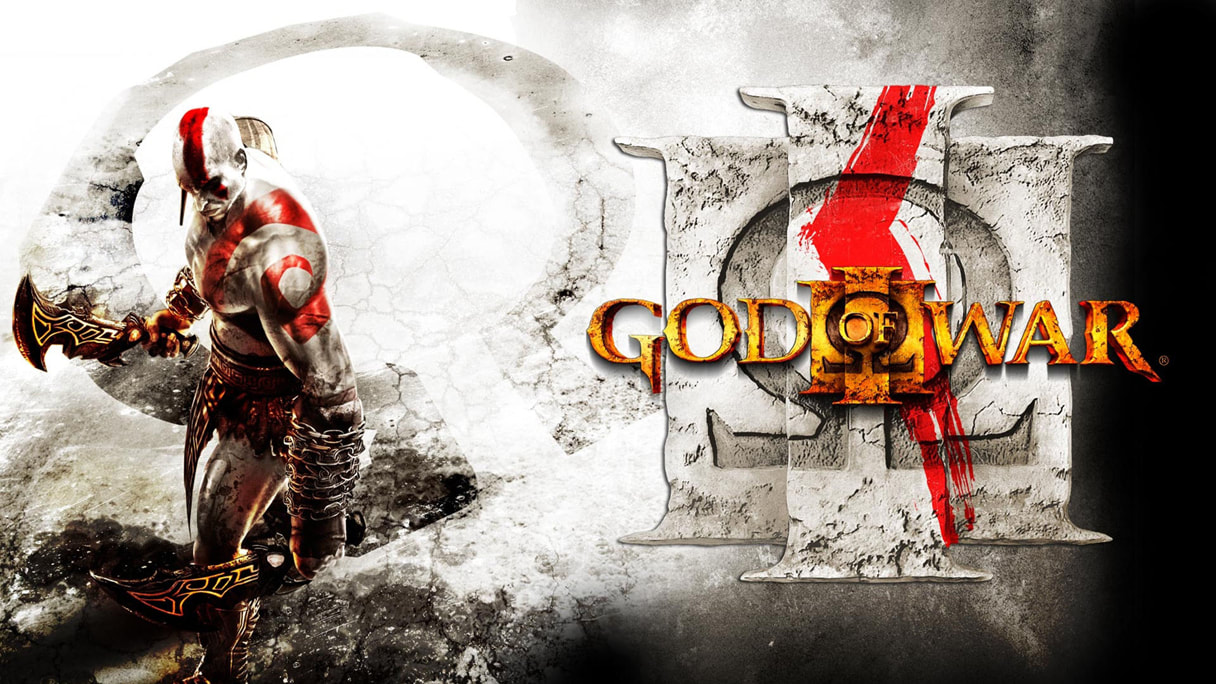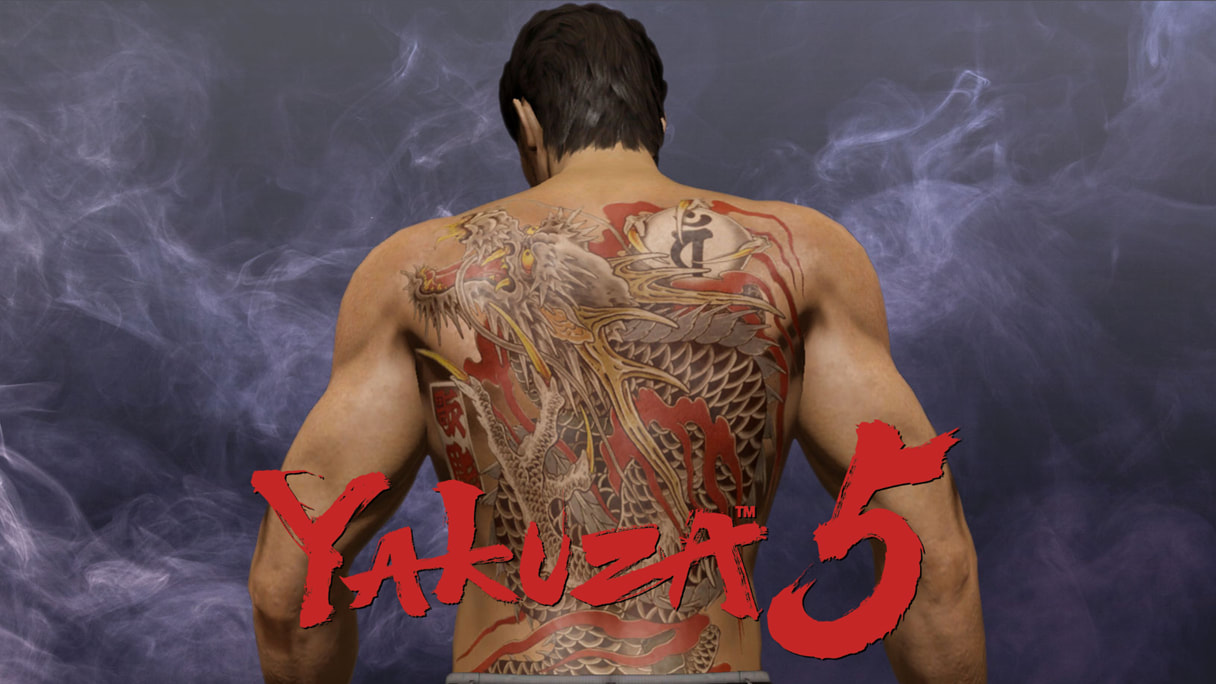Coming off of the runaway successes that were the PS1 and PS2, it seemed as though Sony could do no wrong. Regrettably for them however, this was not the case. In the years and months leading up to the launch, Sony made a series of blunders that all contributed to a less-than-stellar start. For starters, they let Microsoft beat them to launch with the Xbox 360, a full year before the PlayStation 3 would be released. This gave the 360 plenty of time to carve out a decent foothold in the market and prove itself worthy of gamers hard-earned dollars. In addition, Sony selected the uniquely designed Cell processor for their system, which, while theoretically capable of delivering better graphics than the Xbox's more traditional Xenon processor, didn't really do so in practice. Making matters worse was the fact that the Cell's unorthodox design initially caused many third-party developers to struggle to deliver games that looked even as good as the 360 versions.
As if those two shortcomings weren't bad enough, there were two arguably even bigger issues with Sony's system. At the time Sony announced the PS3 to the world, they were in the midst of a legal dispute over the vibration technology in their controllers. As a result, the PS3 ended up having to launch without it. At that point in time, vibration had already been an industry standard for nearly two generations and was utilized with both the PS1 and PS2. More importantly, the previous year's Xbox 360 had it (and even the upcoming Nintendo Wii was advertising it). Sony was eventually able to settle the dispute and release a vibration controller for their new system, but not until almost a year and a half after the PS3 had already been released.
Finally, the most egregious error Sony made was with the price. Whereas the 360 was competitively priced, the PlayStation 3 was anything but. Questionable design decisions, such as their risky gamble to go with their expensive new (and not yet industry standard at the time) proprietary Blu-ray disc format, as well as the inclusion of additional internal hardware to enable backward compatibility for PlayStation 2 games, drove production costs through the roof. This resulted in a significant price disparity between the PlayStation 3 and the Xbox 360, to the tune of 125 to 200%, depending on which models you were comparing. This means that in some cases Sony was asking for twice as much money as the competition, for a system that, to many gamers, was an arguably inferior offering.
Thankfully, despite these regrettable decisions, Sony was eventually able to turn the system's fortunes around. Shortly before correcting their embarrassing lack of a basic vibration controller, Sony pursued an aggressive (and costly) campaign to ensure that their Blu-ray technology did in fact become the industry standard. Then, starting in 2007, Sony also began selling PS3s with revised hardware configurations (such as the lack of an ability to read PS2 discs) in order to bring costs down. All of these measures together, in addition to the ever-increasing strength of exclusives available for the console, managed to change the PlayStation 3's reputation from a largely unnecessary exercise in extravagance to a genuinely compelling and competitive entertainment machine.
That library, in particular, is what we're here to talk about. And while it was a bit difficult to limit this list to just these 12, it's hard to argue that they're not all fantastic titles. So without further ado, here are 12 of the very best reasons to have owned a PlayStation 3:
The original MotorStorm debuted on the PS3 in 2007. The crazy, over the top off-road desert racing made a pretty big impact when it first arrived. Yet it wasn't perfect. The somewhat dull environment, repetitive tracks, and limited options made the game feel a bit lacking. The following year though, developer Evolution Studios got everything right. MotorStorm: Pacific Rift had the same fantastic feel of the first game, but with more options (like the split-screen mode that the first game omitted for some reason), greater variety, and a much wilder Pacific island setting. If you could only buy one racing title for the PS3, MotorStorm: Pacific Rift was your best bet.
Thankfully, Killzone 2 was a vast improvement over the original. With gorgeous visuals, solid gameplay, and plenty of glorious first-person shooter action, the second one turned out to be the critical hit that the first one was supposed to be. It's still debatable whether or not you could consider it to be as good as the Halo series, but it came about as close as possible.
In fairly short order, the PlayStation 3 managed to evolve from a symbol of excess and hubris that likely made many fans seriously question their brand loyalty, to a legitimately valid option of considerable value. By giving it a much more sensible price, fixing the inadequate controller, and dumping a pile of cash to make their disc format the industry standard, Sony quickly transformed their system into a proposition that could no longer be easily ignored. While it may have lost the ability to play PS2 games, even without the extra internal hardware, it did still retain the ability to play PlayStation 1 games (in fact, some people aren't even aware of the fact that every iteration of the PS3 could during the entire lifetime of the system). And with the future of Blu-ray no longer in doubt, the PlayStation 3 suddenly had significantly more appeal as a one-stop gaming and high-definition-movie-watching device.
Sales of the system increased steadily until they eventually rivaled those of the competition. By the end of the generation, the gaming division of Sony was back in (the) black, and in a prime position to launch their follow-up console, the PlayStation 4. By learning from past mistakes, Sony was able to set up a flawless reveal and system launch, and actually managed to turn the tables on Microsoft (who ironically fell victim to their own misguided hubris) and retake their throne as the industry king.

